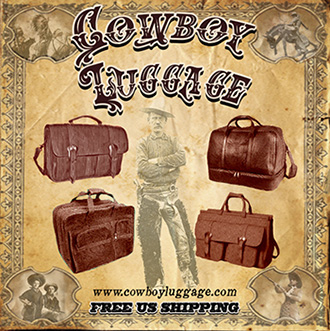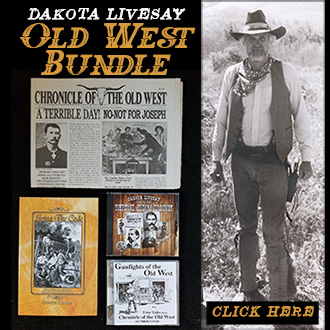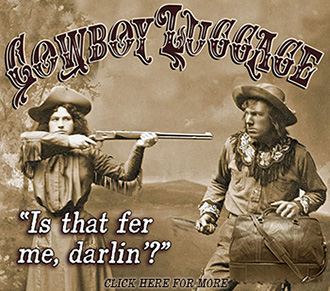Although women had been instrumental the development of our country, as 1869 was coming to a close, they didn’t have the right to hold a political office, or even vote.
But that was changed on December 10, 1869 as the first state gave women the right to vote and hold political office. One would expect that it would be an eastern state…Quite possibly in the New England area. But that wasn’t so. It was probably one of the most frontier areas of that time…Wyoming. So, why Wyoming? Why were the men in the Wyoming Territory so progressive when it came to women’s rights?
One major backer, a middle-aged territorial legislator by the name of William Bright backed the bill because his wife convinced his that “denying women the vote was a gross injustice.” Incidentally, the progressive wife happened to be about half his age. Then there was Edward Lee, the territorial secretary, who argued that if a black man can vote, why couldn’t his dear sweet mother. But most people supported the bill for another reason.
At the time the Wyoming territory had a population of about 7,000 adults. Of those 7,000 adults, only about 1,000 were women. And most of those extra 6,000 men were lonely for the companionship of a woman. So, it was thought that if Wyoming gave women the right to vote, the territory would get national publicity, and in turn women…particularly single women would come to this rugged, isolated area.
When Governor John Campbell signed the bill one lawmaker gave the toast, “To the lovely ladies, once our superiors, now our equals.”
Did it work? Well, if you visit Wyoming today you’ll meet some of the handsomest, most strong-minded women, and happiest men in the United States.









